Everyone comes for that one perfect view—the stunning white marble glowing in the early morning light. It’s every bit as remarkable as you’ve heard, but Agra is more than just the Taj Mahal. Stop there, and you’ll miss what truly makes Agra special.
Once the capital of the Mughal Empire, Agra is home to some of India’s most impressive architecture. Beyond the iconic mausoleum, you’ll find peaceful tombs, red sandstone forts, quiet Mughal gardens, and bustling corners of the old city that most travelers overlook.
This 2-day Agra itinerary is designed for first-time visitors eager to experience more than the postcard view. You’ll also find practical travel tips, from where to stay and eat to how to get around without wasting time.


.jpg)
Planning a Last Minute Trip to Agra?
Booking hotels in Agra: Booking.com is our go-to platform to search for amazing hotels. Here are the top hotels in Agra.
Booking tours in Agra: Viator and GetYourGuide offer some of the best tours to experience the city, from guided walks to heritage tours. Here are the top experiences you can book today.
- Skip-the-Line Tickets for the Taj Mahal (Great Value)
- Agra City Highlights Guided Tour (Best Seller)
- Agra to Jaipur Private Transfer via Fatehpur Sikri (Excellent Reviews)
Avoid the crowds and travel at your own pace! Book a private car transfer from Delhi to Agra for a comfortable journey.
Agra Tourist Map
Discover Agra in 48 hours with our curated map, featuring top attractions, lesser-known sights, and our picks for the best places to eat, drink, and stay.
2-Day Agra Itinerary
We caught the 6am train from New Delhi Railway Station, hoping for good weather as we left behind the capital’s congestion and chaos. Before long, the tower blocks thinned out, and the city gave way to peaceful stretches of green countryside.
As the train slowly rolled into Agra station, our driver was already waiting. This wasn’t our first time in Agra, but this time, we were determined to uncover more of the city than just the Taj Mahal.
.webp)
This 2-day Agra itinerary is designed to help you do the same. It divides your time between the city’s iconic monuments and lesser-known corners. Two days is just enough to take in Agra Fort, explore hidden tombs, and even enjoy a taste of the old city’s everyday life.
Here’s how to spend two days in Agra—beyond the Taj!
.webp)
Day 1: Tombs & Gardens
The first day of this Agra itinerary takes you to grand tombs, quiet gardens, and other Mughal gems that show there’s way more to the city than one monument.
Don’t travel without insurance! Sign up for Heymondo today and get 5% off for being our reader.
.webp)
Mehtab Bagh
Opening Hours: Sunrise to Sunset
Entrance Fee: ₹300 ($3.40)
Location: Nagla Devjit, Agra
Start your day in Agra with a visit to Mehtab Bagh, or the Moonlight Garden, situated along the banks of the Yamuna River. While there isn’t much to see within the garden itself, it offers one of the best views of the Taj Mahal without the crowds.

Buy Your Entrance Ticket Here!
.webp)
There are a few benches beneath the trees where you can relax and take it all in. While it’s a popular spot for sunset, we enjoyed visiting in the morning, when the air was fresh, the grounds were quiet, and women in colorful saris swept the paths with the Taj looming in the background.
Background: Methab Bagh was originally built by Emperor Babur around 1530 as the last of eleven Mughal gardens along the Yamuna; it was later redesigned by Emperor Shah Jahan to align with the Taj Mahal.
.webp)
Parking is about 500 meters from the garden, and you can either walk or hop on a rickshaw. The standard fare is ₹15 (about $0.15) per person, though some drivers might ask for more. We ended up paying ₹30 ($0.30) each during our visit.
Note: Food, drones, and tripods are not allowed inside. Guards will check your bag at the entrance.
.webp)
I'timad-ud-Daula
Opening Hours: Sunrise to Sunset
Entrance Fee: ₹310 ($3.50)
Location: Moti Bagh, Agra
Just north of the Mehtab Bagh sits Itimad-ud-Daulah tomb, one of our top places to visit in Agra. Often called the Baby Taj, this marble tomb holds the graves of Mirza Ghiyas Beg and his wife.

Reserve Your Entrance Ticket in Advance!
Background: It was built between 1622 and 1628 and was one of the first Mughal mausoleums to use white marble extensively, paving the way for the grandeur of the Taj Mahal.
Despite its historical significance, the complex remains surprisingly quiet. When we visited, there were hardly any other people—just a few staff resting beneath the trees and the occasional bird darting through the archways
Tip: Before entering, take a moment to visit the small museum next to the ticket office. It’s easy to overlook, but it offers helpful background on the monument’s history and restoration work.
Inside the complex, the craftsmanship is remarkable. Floral, arabesque, and geometric designs cover the walls and ceilings, blending Persian and Indian styles in delicate detail. Even the marble floors are finely inlaid. You’ll be given shoe covers to help preserve them as you walk through.
Heading to India soon? Make sure you’re prepared with our India Visa Guide, which includes all the details you need for a smooth trip.
.webp)
Chini Ka Rauza
Opening Hours: 6am - 6pm
Entrance Fee: Free
Location: Katra Wazir Khan, Agra
About a kilometer from the Baby Taj, Chini-Ka-Rauzah is best known for its once-striking glazed-tile facade. Its name, meaning “China Tomb,” reflects the intricate tilework that resembles fine China.
.webp)
Unfortunately, much of the facade is worn, and only a handful of tiles remain to hint at the patterns and colors it once displayed. But stepping inside was a pleasant surprise. The faded murals, though weathered, retain an undeniable elegance, and the intricate mosaic work still makes it well worth a stop.
Background: This mausoleum is the final resting place of Shukrullah Shirazi, who served as the vizier (chief minister) under the Emperor Shah Jahan.
Tomb of Mariam-UZ-Zamani
Opening Hours: 6am-6pm
Entrance Fee: ₹250 ($2.80)
Location: Sikandra, Agra
From Chini-Ka-Rauzah, head northwest of Agra to the Tomb of Mariam Zamani, the wife of Emperor Akbar. Built between 1623 and 1627 by her son, Emperor Jahangir, this square tomb sits at the center of a well-maintained garden.

Read: How to Visit Jaipur in 3 Days!
Unlike many Mughal mausoleums, it lacks a central dome, giving it a distinctive look. The exterior features intricate carvings, including long-stemmed vases, flower pots, and geometric patterns. Though there isn’t much to explore inside, as the cenotaphs aren’t accessible, the peaceful setting makes it worth the detour.
Take a walk around the mausoleum before settling on one of the benches to admire the facade, or stretch out on the well-kept lawn and soak in the tranquility of the complex.
Note: Cash wasn’t accepted when we visited, and we had to purchase our tickets online. Be sure to have internet access before you go.
.webp)
Tomb of Akbar The Great
Opening Hours: Sunrise to Sunset
Entrance Fee: ₹300 ($3.40)
Location: Sikandra, Agra
One of the tourist places in Agra we were most eager to visit was Akbar’s Tomb, located near the Tomb of Mariam. Built between 1605 and 1613 and commissioned by his son, Emperor Jahangir, the entire complex is impressive in both size and design.

.webp)
But what stood out most to us was the arched ceiling in the vestibule, a stunning contrast to the simplicity of the main cenotaph. It’s worth taking a moment here to admire the exquisite painted stucco, decorated in vivid shades of blue, turquoise, and orange. Despite renovations and scaffolding covering much of the ceiling during our visit, we couldn’t help but admire the intricate details up close.
Note: As you make your way through, locals may offer to guide you, pointing out details and taking photos in exchange for a tip. We found them friendly but not pushy so you can politely decline and move on.
.webp)
From the vestibule, a narrow corridor leads to Akbar’s burial chamber, with a dome-shaped ceiling rising about 18 meters. Since the complex sees fewer visitors, you’ll likely have the vast dome to yourself. When we visited, a local man was singing deep, echoing tunes that filled the space, adding a haunting atmosphere as we walked around the cenotaph.
Background: Emperor Akbar’s grave is notably the only undecorated chamber in the complex. It was once covered in paintings considered inappropriate, and his great-grandson, Emperor Aurangzeb, had them whitewashed.
Yamuna Viewpoint
Opening Hours: Sunrise to Sunset
Entrance Fee: Free
Location: Tajganj, Agra
Later in the afternoon, head to the Taj Mahal’s East Gate and follow the narrow path that winds down to the banks of the Yamuna River. This spot draws a mix of sunset seekers and those heading to the nearby temple. You’ll see locals feeding monkeys, chatting quietly, and watching the sky shift colors behind the Taj Mahal.
.webp)
If you’re lucky, you might come across a local boatman offering simple wooden rides across the water. It’s not an official tour—technically not even permitted—but drifting on the river at sunset, with the Taj reflected beside you, is quite memorable.
Just know what you’re getting into and be ready to bargain. We paid about ₹400 ($5) per person for a 15-minute ride, though we’ve heard of others paying closer to ₹1,000 ($12). Either way, it’s not every day you get to see the Taj Mahal from a wooden boat. It’s easily one of the best things to do in Agra!

Read: Best Places to Visit in Jodhpur
.webp)
.webp)
Day 2: The Taj & Mughal Marvels
No Agra itinerary is complete without the Taj Mahal. Start the morning with its iconic beauty, then move on to more highlights at nearby sites. Later, wander Kinari Bazaar’s buzzing lanes before heading out to the old Mughal capital for one last look at Agra’s grand past.
.webp)
Taj Mahal
Opening Hours: Sunrise to Sunset (Closed on Fridays)
Entrance Fee: ₹1100 ($13)
Main Mausoleum Ticket: ₹200 ($2.30)
Location: Tajganj, Agra
There is perhaps no greater monument ever built in human history in the name of love than the Taj Mahal. Standing majestically at the southern bank on the Yamuna River, this iconic white marble mausoleum was commissioned by Emperor Shah Jahan in memory of his wife, Mumtaz Mahal.

Book Your Tickets in Advance Here!
.webp)
To make the most of your second day in Agra, start early in the morning to beat the midday heat and enjoy the monument with fewer crowds, perfect for those obligatory photos.
Note: The gate opens about an hour before sunrise, but the ticket office doesn’t open until 30 minutes before that. By then, the line can get pretty long, so if you want to beat the rush, grab your tickets online in advance here!
.webp)
The Taj Mahal’s beauty isn’t just about its white marble but it’s the way every detail comes together. From the domes and minarets to the detailed calligraphy and stone inlays, everything is beautifully designed.
Step inside and you’ll find the walls decorated like a jewel box, with inlays of semi-precious stones forming delicate flowers and patterns. At the center lie the cenotaphs of Mumtaz Mahal and Shah Jahan—false tombs positioned above their actual graves in the lower level. These are enclosed by a finely carved marble screen, made from a single block of stone.
We’ve visited the Taj Mahal twice, and each time, it managed to leave us in awe. On our most recent trip, we noticed a few changes such as better-organized lines for the main mausoleum and reusable shoe covers available on the west side before you join the queue.
We also saw plenty of locals offering to take photos for tips, guiding you to the best spots for those must-have shots and especially helpful if you’re traveling solo.

Book Early: Skip the Line with a Local Guide
.webp)
Agra Fort
Opening Hours: Sunrise to Sunset
Entrance Fee: ₹650 ($8)
Location: Rakabganj, Agra
After your visit to the Taj Mahal, head to the Red Fort (also known as Agra Fort), once the beating heart of the Mughal Empire at its height. Built in the 16th century by Emperor Akbar, this massive complex of palaces, audience halls, and courtyards was home to emperors, courtiers, and soldiers, all enclosed within towering red sandstone walls.

Grab Your Entrance Ticket Here!
.webp)
Though much of the fort is still in use by the Indian Army today, about 20% of the complex is open to the public. As you walk through grand palaces, elegant mosques, and narrow stone staircases, it’s easy to picture what life might have been like here during the golden years of the Mughal Empire.
.webp)
.webp)
The fort is full of grand details, but some of our favorite spots are the quieter ones. At the far eastern end, the Akbari Mahal, is mostly in ruins now, with only faint traces of its foundations remaining. It’s rarely visited, which made it feel especially peaceful—we had it almost entirely to ourselves.
Another favorite is the Nagina Masjid, or “Gem Mosque,” a small elegant structure made entirely of white marble.
Note: The Fort is one of the most famous places in Agra, so if you have the flexibility, aim to visit early in the morning to avoid the biggest crowds.
Jama Masjid
Opening Hours: 7am-6:30pm (Closed on Fridays)
Entrance Fee: Free
Location: Mantola, Agra
Standing just across from the massive Agra Fort is Jama Masjid, a striking mosque built of deep red sandstone and topped with graceful white marble domes. It was commissioned in 1648 by Jahanara Begum, the eldest daughter of Emperor Shah Jahan.
Tip: The roads here are too narrow for cars, so it’s best to take a rickshaw. From Agra Fort, we paid around ₹100 (about $1). It’s a quick ride, but be prepared for honking, weaving traffic and busy street scenes.
.webp)
Before stepping inside, you’ll need to take off your shoes. There’s usually a man at the top of the stairs who watches over them—we paid him ₹50 ($0.60) per person on our way out.
Once inside, the atmosphere shifts to something much quieter. Locals come and go for prayer, the call to prayer echoes from the loudspeakers, and birds circle silently overhead. Lean over the railing for a glimpse of Agra Fort Railway Station below.
Background: The mosque used to be connected to Agra Fort by an octagonal plaza called Tripolia Chowk. It was a bustling space full of vendors and life, but that changed when the British damaged parts of the mosque during the 1857 Mutiny. By the 1870s, the plaza had been demolished to make way for the railway station.
.webp)
Kinari Bazaar
Opening Hours: 11am-9pm (Closed on Tuesdays, though some stores may close on Mondays)
Entrance Fee: Free
Location: Mantola, Agra
After visiting Jama Masjid, step out and wander the narrow lanes of Kinari Bazaar, just behind the mosque. It’s one of Agra’s oldest markets, overflowing with shimmering fabrics, jewelry, spices, wedding garlands, and tiny shops packed with local crafts.
.webp)
Look up to see monkeys swinging across electric wires, and step aside for rickshaws squeezing past or men balancing enormous sacks on their heads.
Even if you’re not planning to buy anything, simply walking through the lanes is an experience—loud, colorful and full of little surprises around every corner.
Read: Visit Jodhpur and enjoy its famous indigo alleyways and lively bazaars at your own pace with our self-guided walking tour!
.webp)
Fatehpur Sikri
Opening Hours: Sunrise to Sunset
Entrance Fee: ₹610 ($7)
Location: Fatehpur Sikri, Uttar Pradesh
About 40 kilometers west of Agra lies Fatehpur Sikri, the former Mughal capital built by Emperor Akbar in the late 1500s. Learn about its rich history as you wander through quiet courtyards, towering gateways, and beautifully preserved sandstone buildings.
What really struck us was how the architecture reflects Akbar’s vision, blending elements from different religions into a single, harmonious design. It made us think: he was truly ahead of his time.

Book Your Entrance Ticket Now!
.webp)
.webp)
How to Get to Fatehpur Sikri
If you’re heading to Jaipur next, booking a private transfer with a stop at Fatehpur Sikri is a great way to make the most of your travel day.
We left Agra after lunch and reached the complex in the afternoon, just as the heat began to fade. Exploring the site in the golden light ended up being one of the highlights of our India trip!
We paid ₹8,000 ($93) for a full-day car hire from Agra, including all the detours, and arrived in Jaipur around 7 pm.
Want to do the same? Contact our driver, Nazim—he was friendly, professional, and just a great person overall. You can reach him on WhatsApp at +91 96340 75512 and tell him we said hi!
If you have more time in Agra, you can also visit Fatehpur Sikri on a day trip by booking your guided tour here! The site is spread out, so it’s best to arrive early or later in the afternoon, giving you time to explore before the sun gets too intense.
.webp)
Top Tours in Agra
This Agra itinerary is a solid starting point, but booking a guided tour can help you see even more without the hassle. Here are some of the best tours in Agra, complete with a driver and an English-speaking guide, to make the most of your visit.
Eating & Drinking in Agra
If you’re wondering where to eat in Agra, start with these local favorites, all located within walking distance to the Taj Mahal.
Good Vibes Cafe: Laid-back restaurant with a rooftop terrace, colorful cushions, and a thali that hits the spot. Skip the instant coffee and go for a cold lassi instead. 8am-11:30pm
Sheroes Hangout Cafe: Serving Indian dishes with a pay-what-you-want model, this inspiring cafe is run by acid attack survivors and well worth your support. 10am-10pm
Barista Coffee: Just outside the Taj Mahal, this reliable chain is a solid stop for proper coffee and surprisingly good blueberry muffins. 6am-8pm
.webp)
Plan Your Trip to Agra
Here’s all the essential information you need to plan your two days in Agra, whether you’re coming to see the Taj Mahal or hoping to dive deeper into the city’s rich Mughal history.
.webp)
Best Time to Visit
Agra is best visited between October and March when the weather is cool and comfortable, making it perfect for exploring the city’s attractions.
The summer months (April to June) can be unbearably hot, with temperatures soaring above 40°C, while the monsoon season (July to September) brings heavy rainfall and high humidity.

Visit Delhi's Tallest Minaret at Qutub Minar
.webp)
Where to Stay
When considering where to stay in Agra, most accommodations are conveniently located near the Taj Mahal. Staying in this area is ideal, as it places you within walking distance of the Taj and many popular restaurants and cafes. For the best options, find all accommodations in Agra here.
How to Reach Agra
Train: The most popular and convenient option. It takes about 2 hours to reach Agra Cantt from Delhi. Book your train tickets online.
Tip: If you’re coming from Delhi, the 6am Shatabdi Express is your best bet. It gets you to Agra by 8am, giving you a full day to explore. Book a driver in advance and have them meet you at the station so you can head straight into sightseeing.

Read: Guide to Traveling India by Train
.webp)
Car: You can also take a private taxi which takes around 3 to 4 hours. Be prepared for traffic congestion during peak hours. Book your car transfer here.
Plane: Agra has a small airport with limited flights, mainly connecting to Delhi (Indira Gandhi International). From Agra Airport, it’s about a 20-minute drive to the city center
.webp)
Getting Around Agra
Navigating Agra is straightforward, with plenty of transportation options depending on how far you’re going and how much comfort you want.
Rickshaws: For short trips, rickshaws are the quickest and cheapest option (they’re everywhere!). Just be sure to agree on a price before you hop in. On our recent trip, most rides around the city cost about ₹200 ($2.30).

Read: Best Ways to Get Around India
.webp)
Private Car: If you’d rather skip the hassle and see more in a day, a private car is the way to go. It’s perfect for hitting multiple sights at your own pace.
You can book through your hotel or contact Nazim, our private driver during our visit to Agra, at +91 96340 75512.
Nazim is 50 years old, born and raised in Agra, and a father of two sons. He’s reliable, easygoing, and drives smoothly through the city’s busy streets. He was also incredibly friendly, offering helpful tips at every site we visited.
Walking: If you’re staying near the Taj Mahal, walking is a great way to explore the nearby cafes, shops, and restaurants.
That’s how you get the best of Agra in just two days!
If you’re heading to Delhi next, don’t miss our 3-day Delhi itinerary. It covers the loud, chaotic, and wildly fascinating capital, with our favorite places to visit and all the essential details you’ll need to make the most of your time.
If you have any questions, leave them in the comments below.
Some links in this Agra Itinerary may be affiliate links.
This means that if you make a purchase after clicking on one of our links, we will receive a small commission at no extra cost to you. Please know that by doing so, you are supporting Colorful Journeys in continuing to provide free high quality content to help you in your travels!
.webp)
.webp)


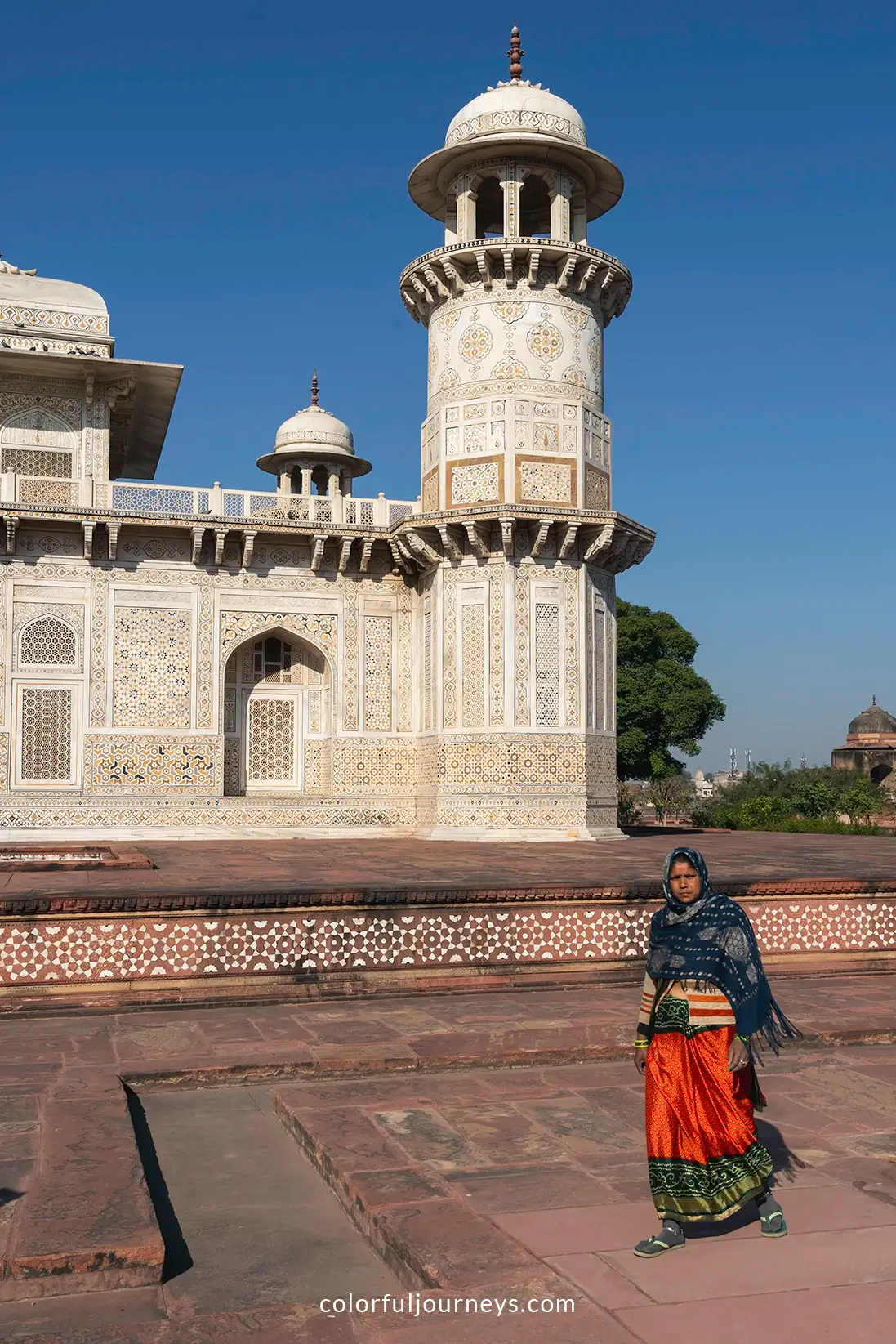
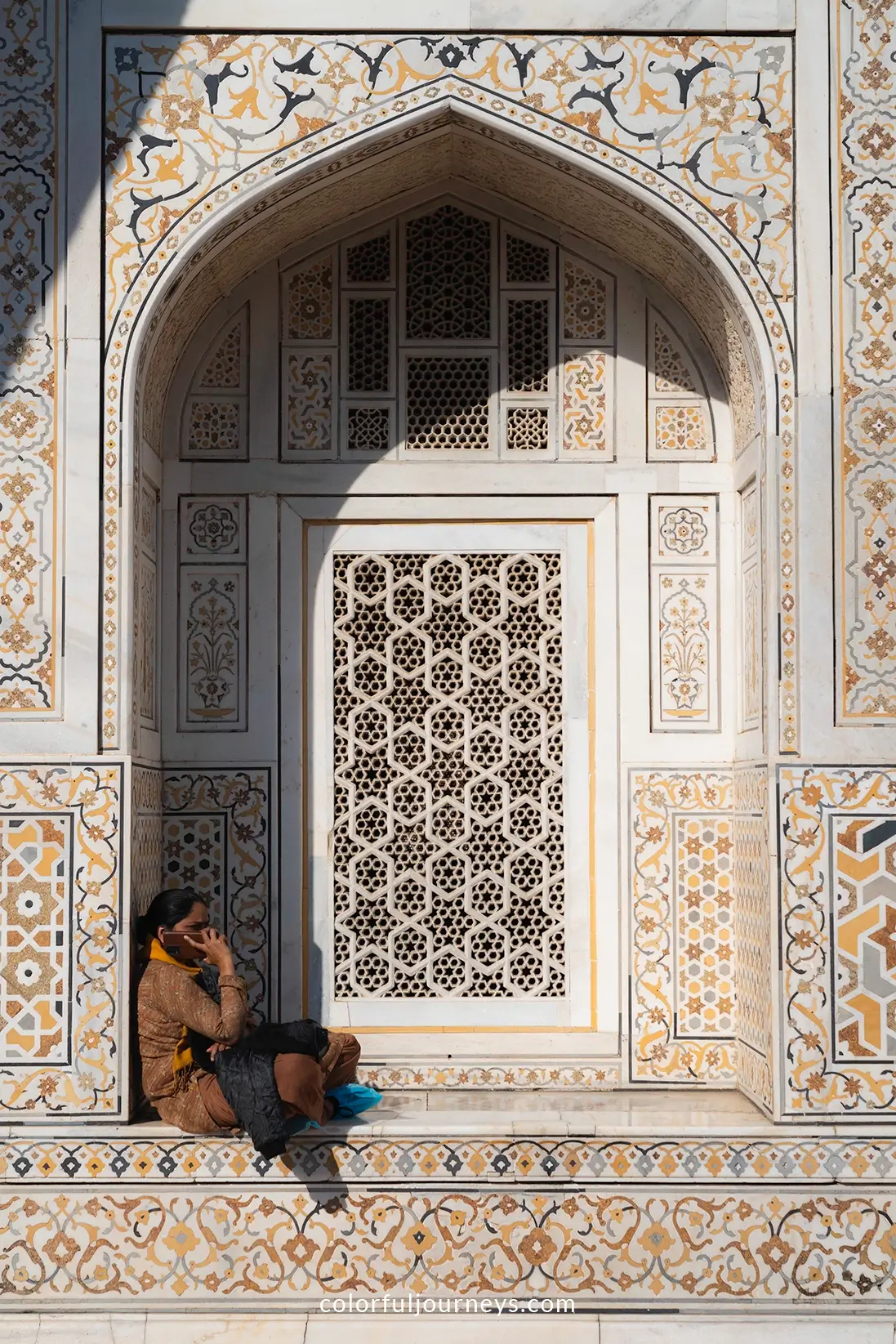

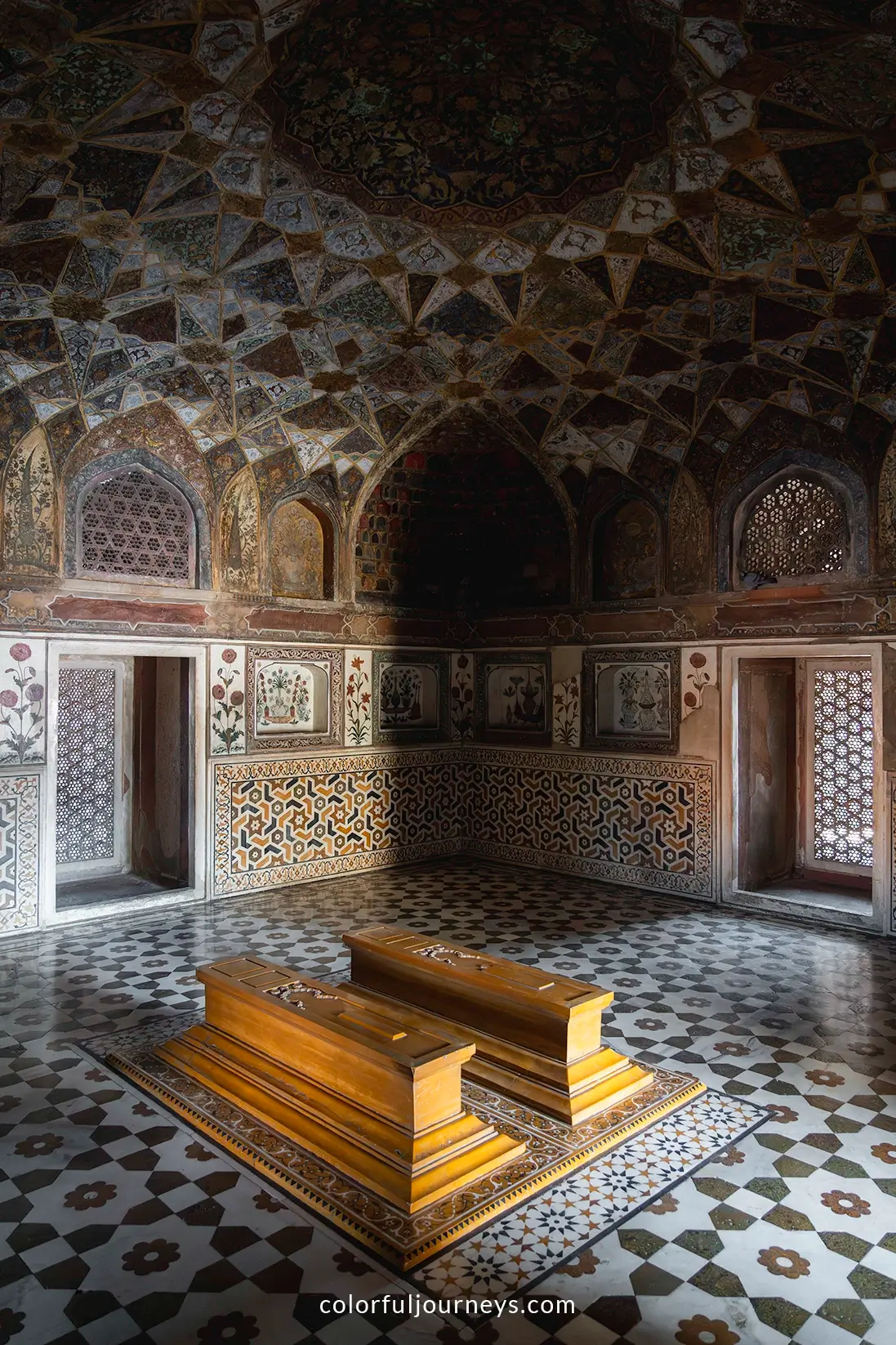

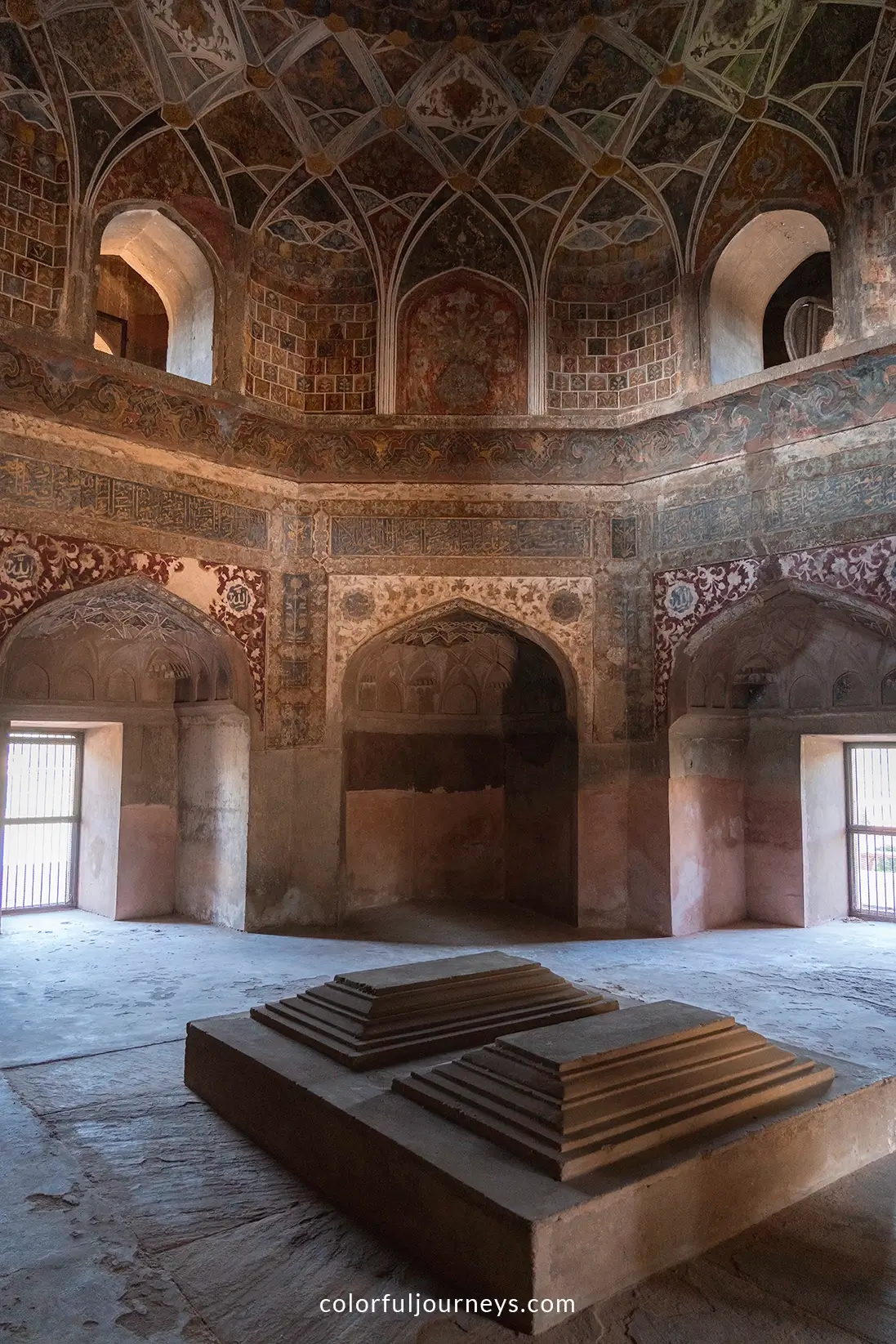
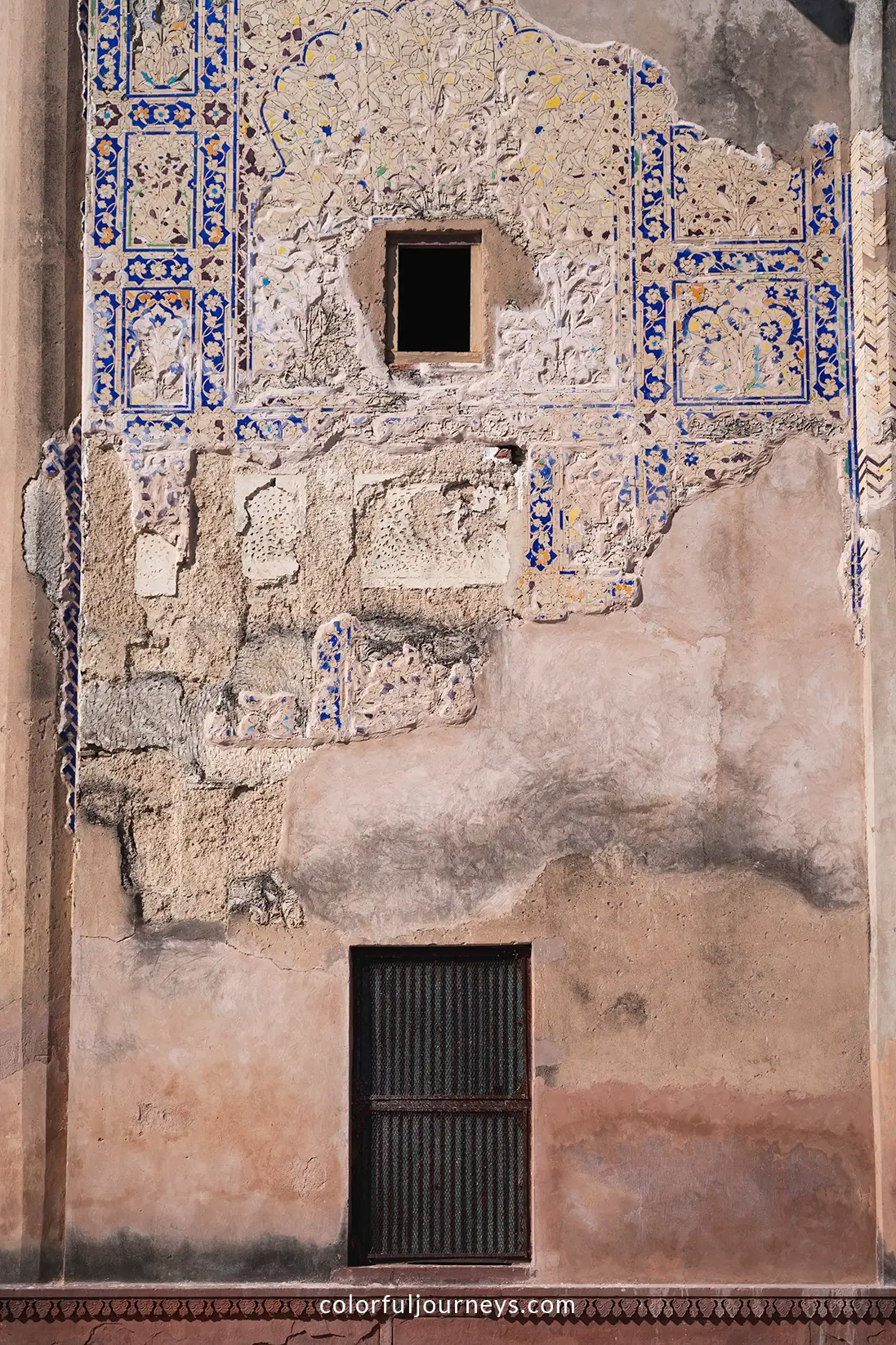

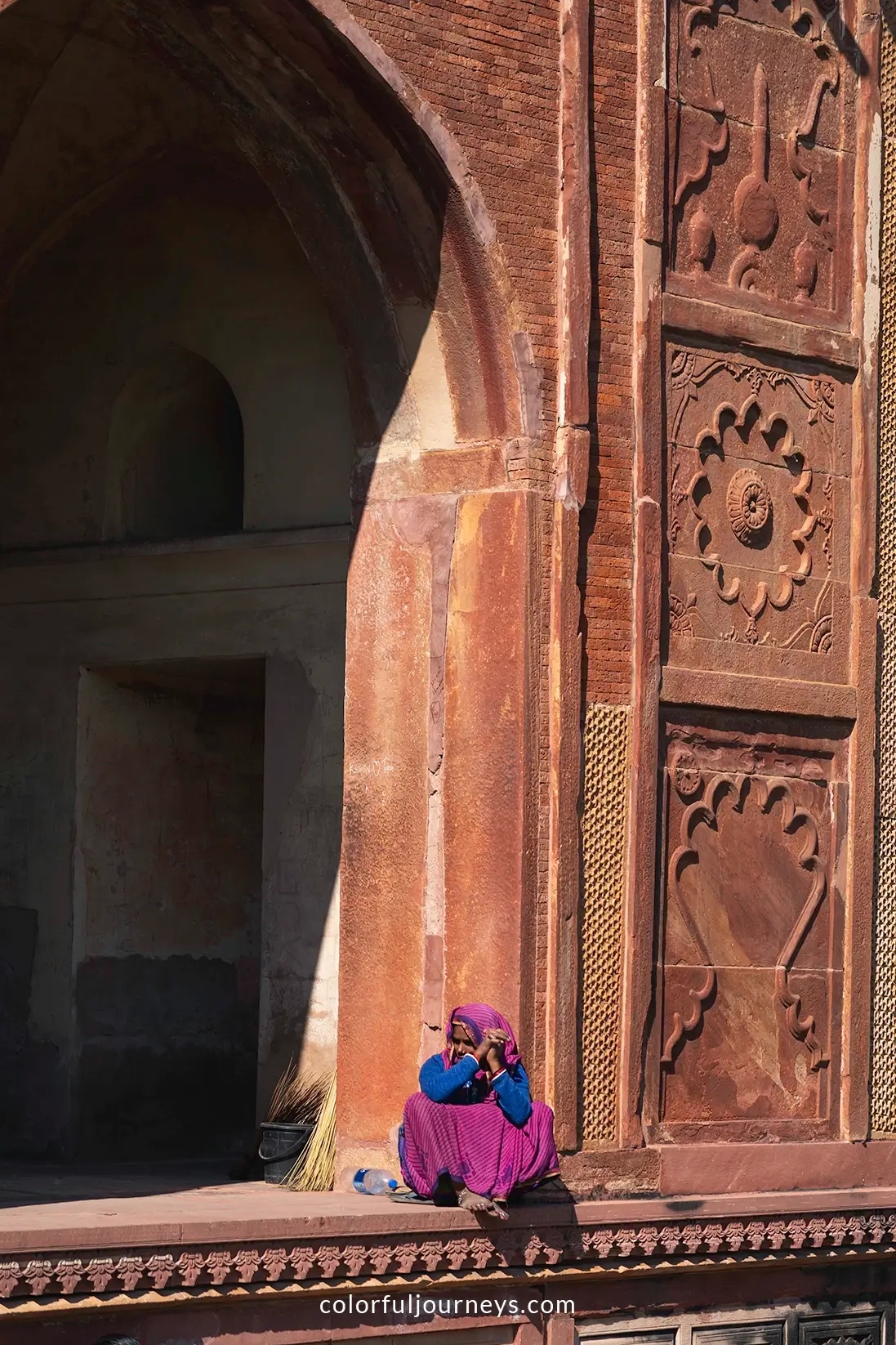
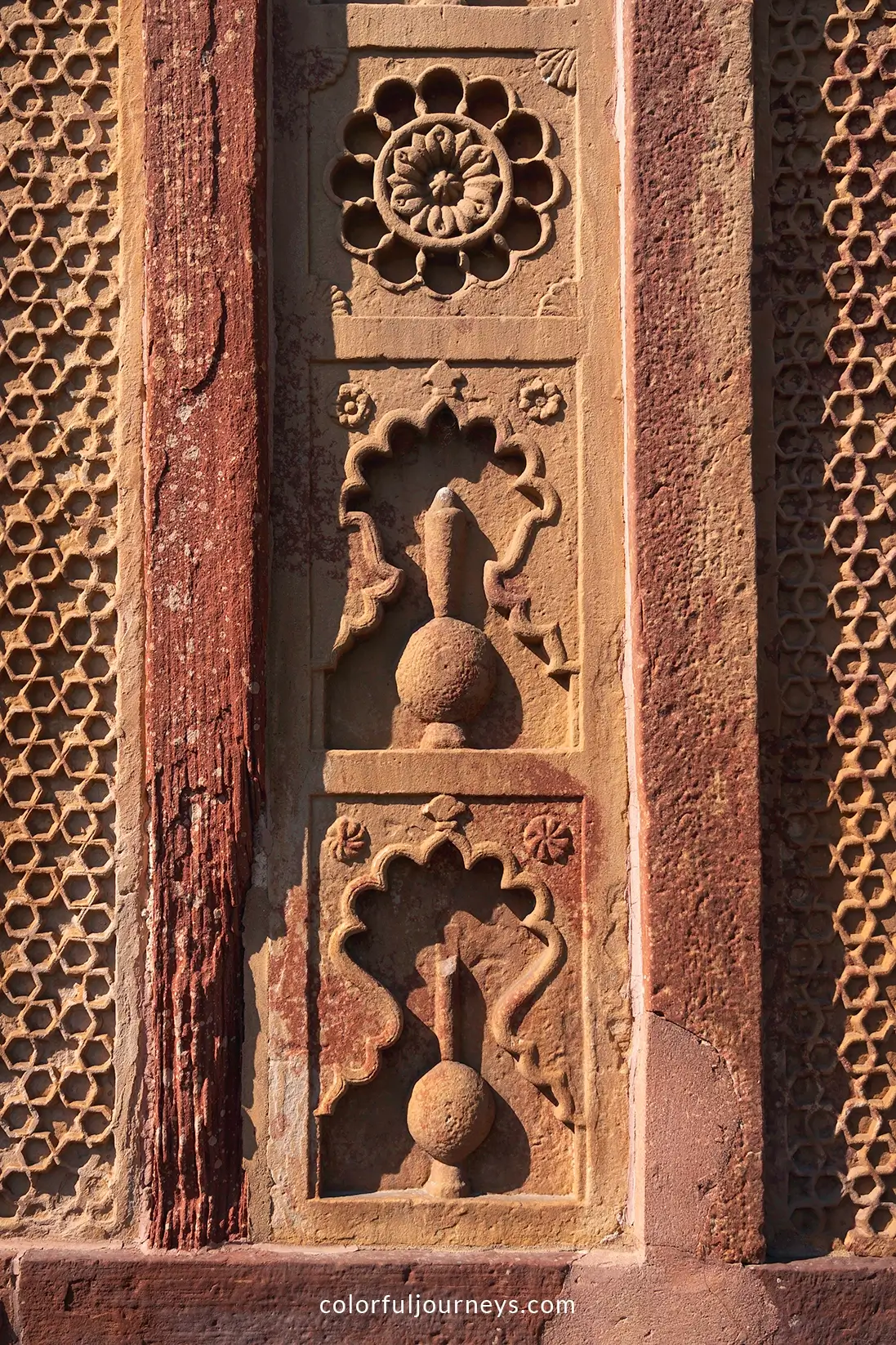
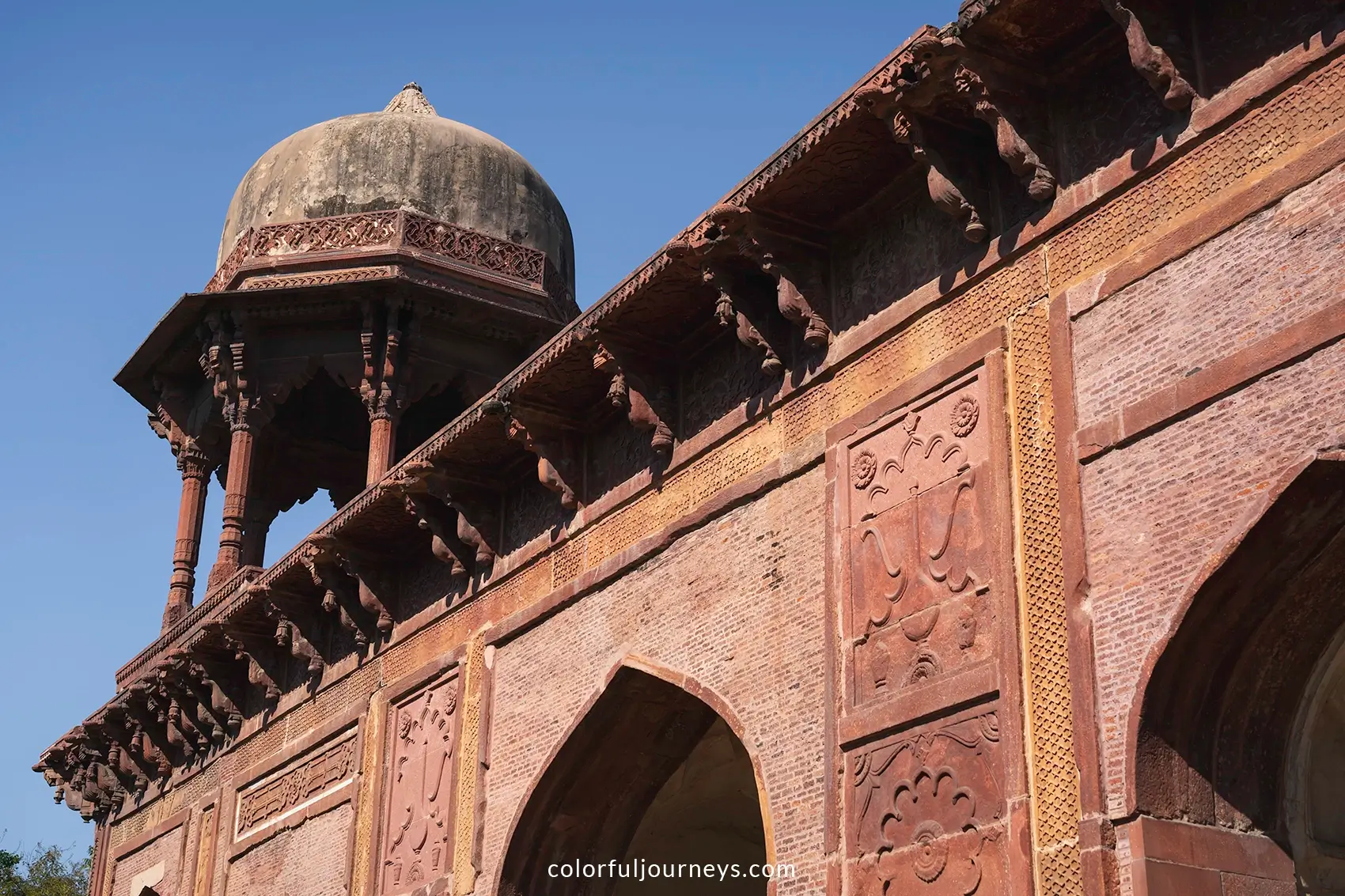

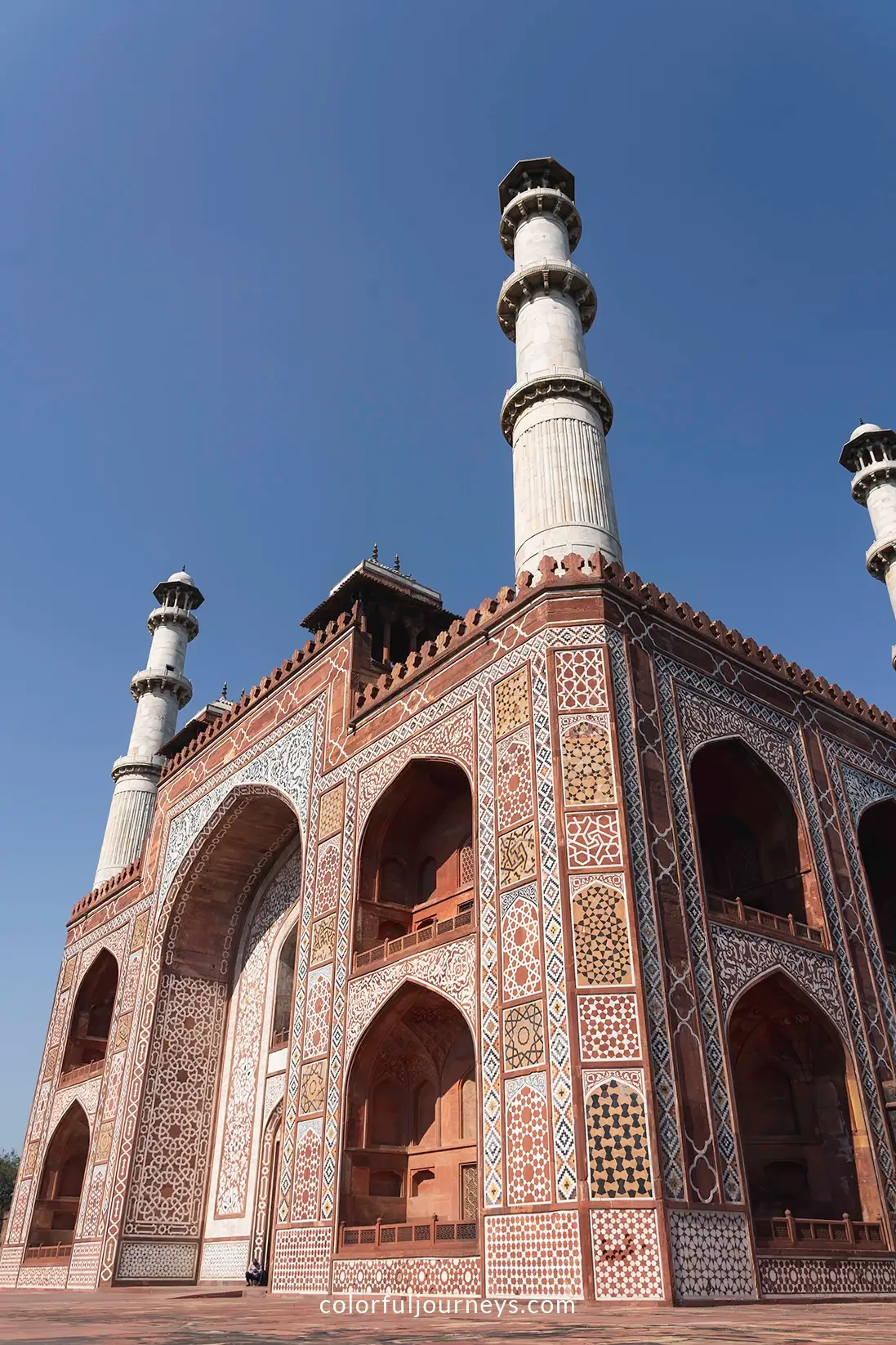
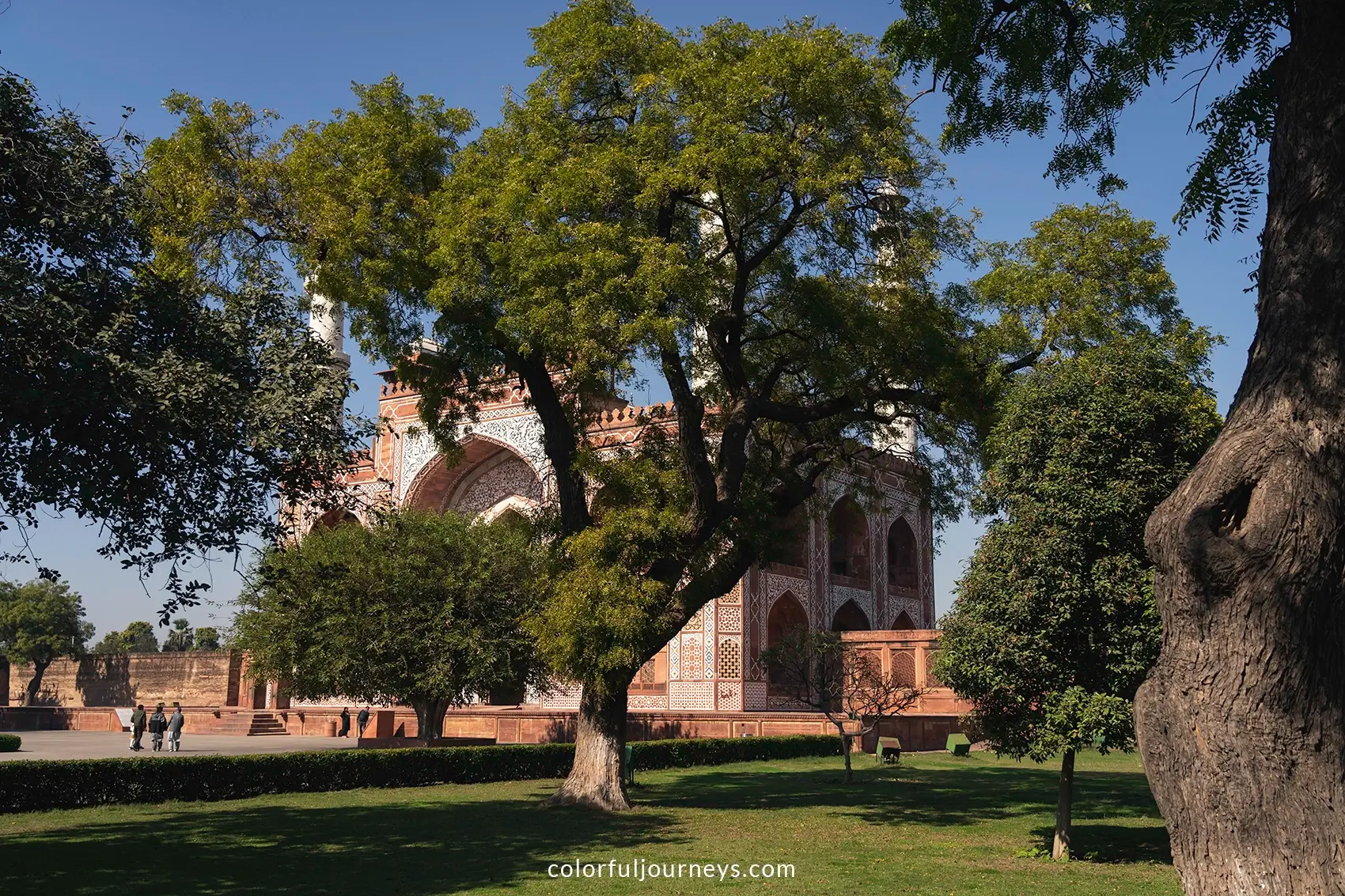

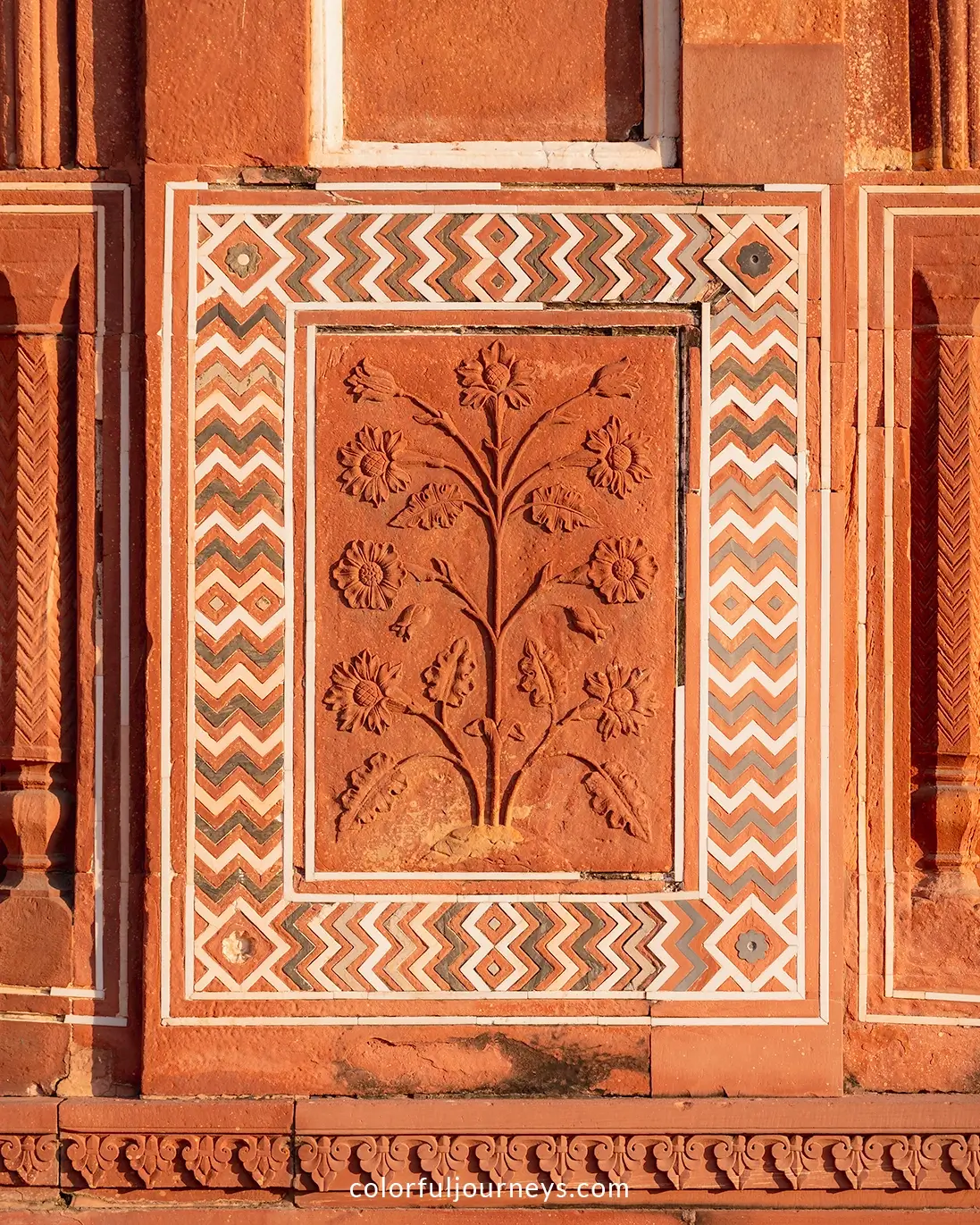
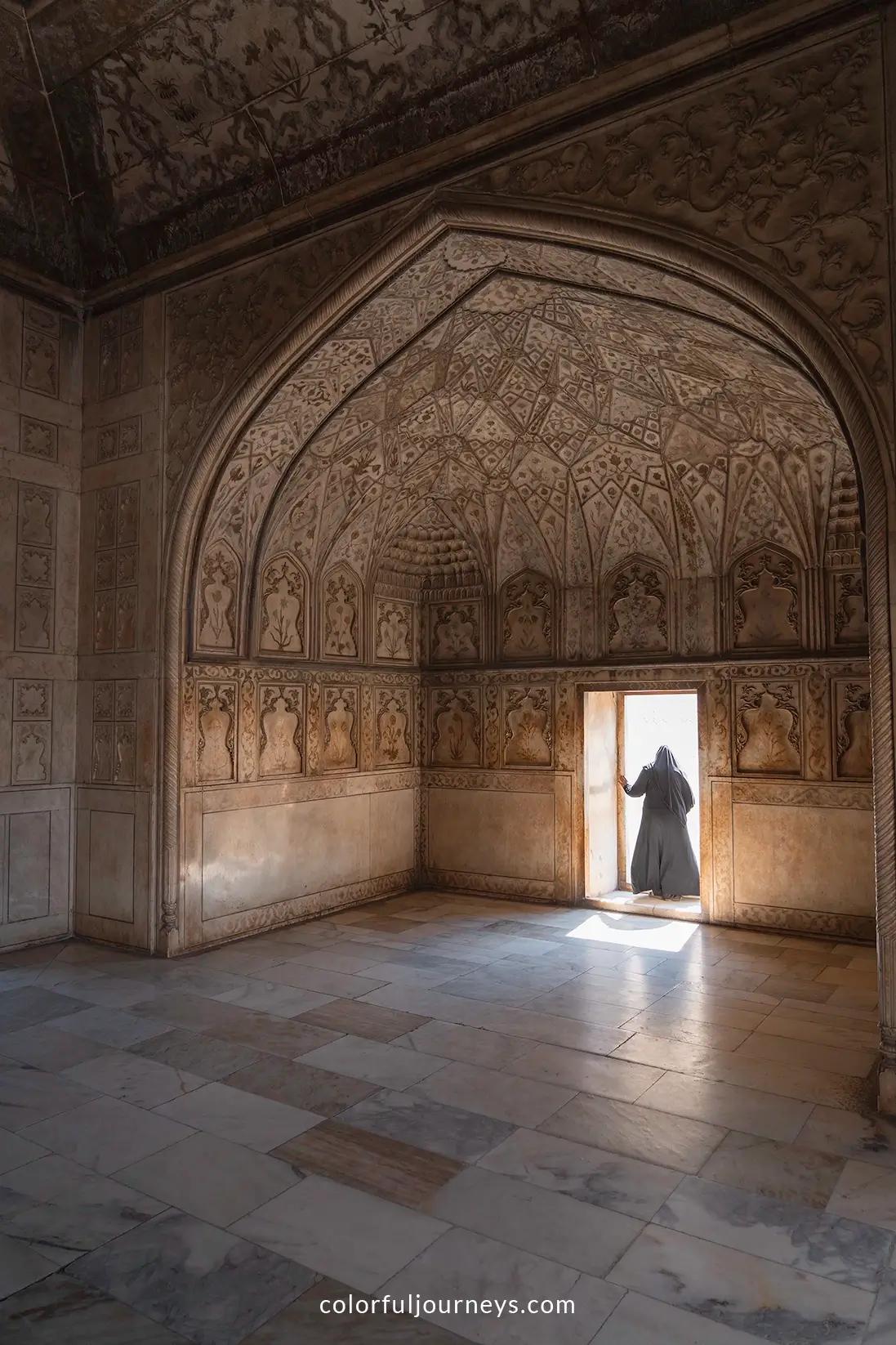
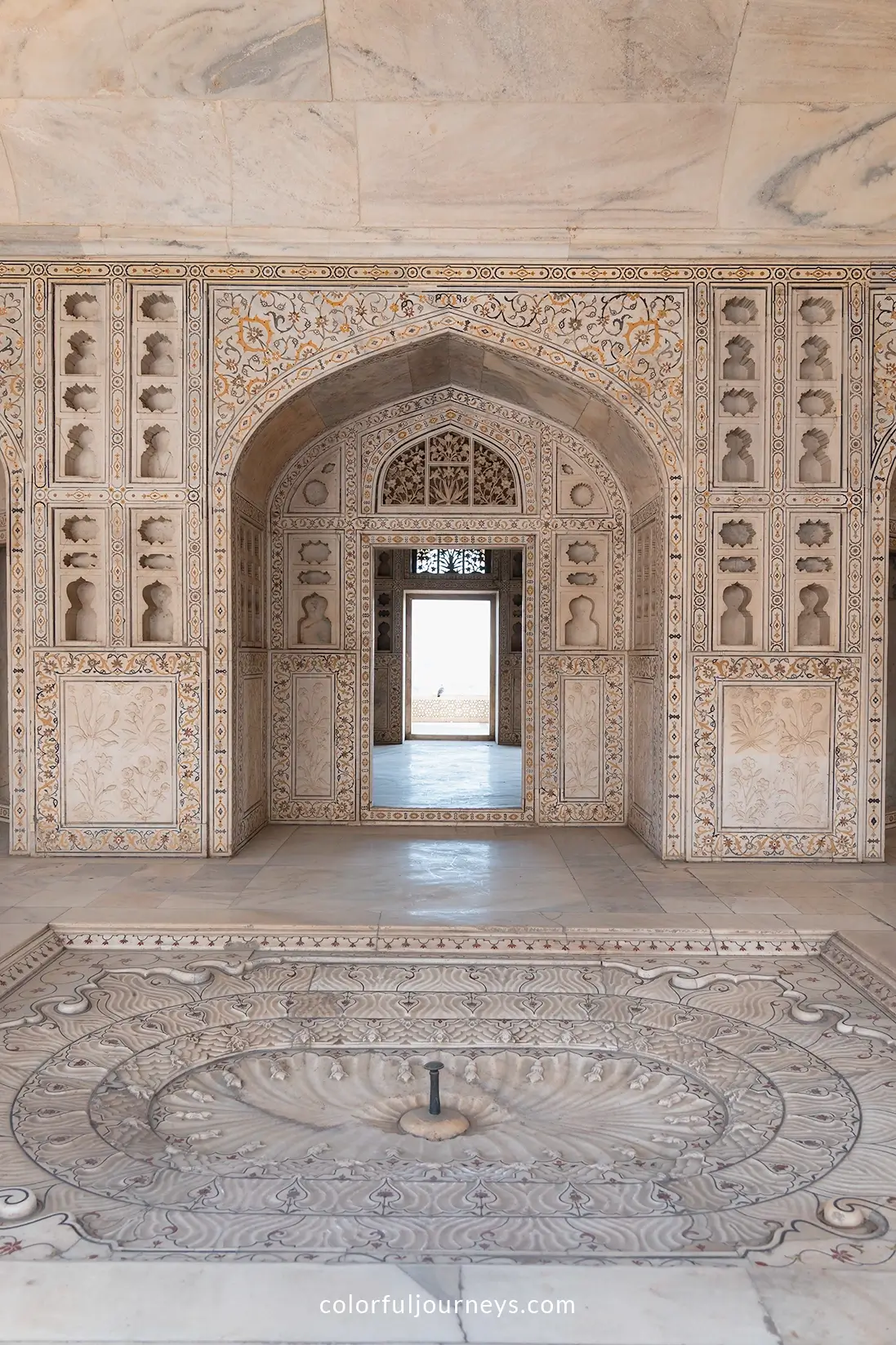
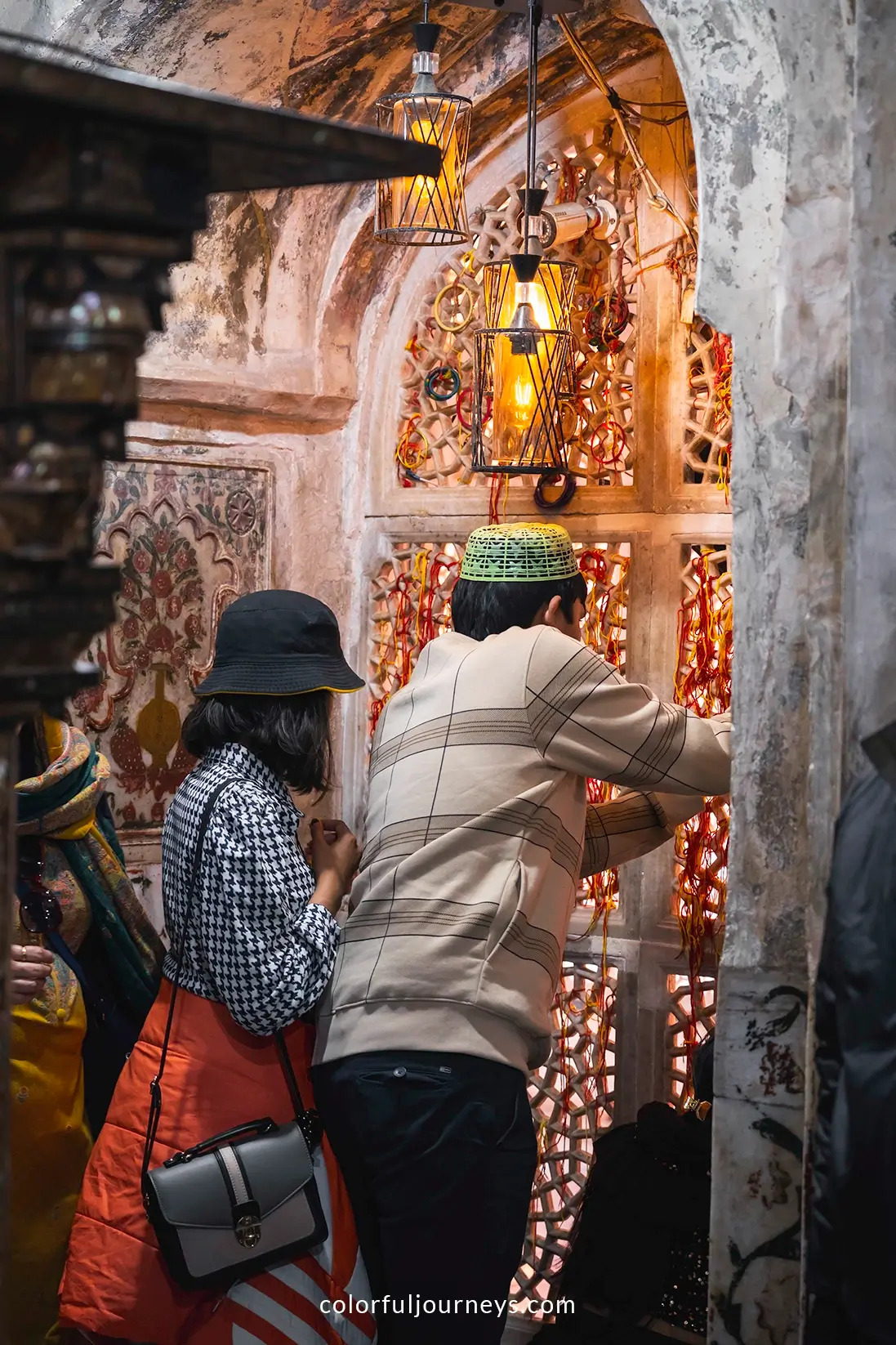
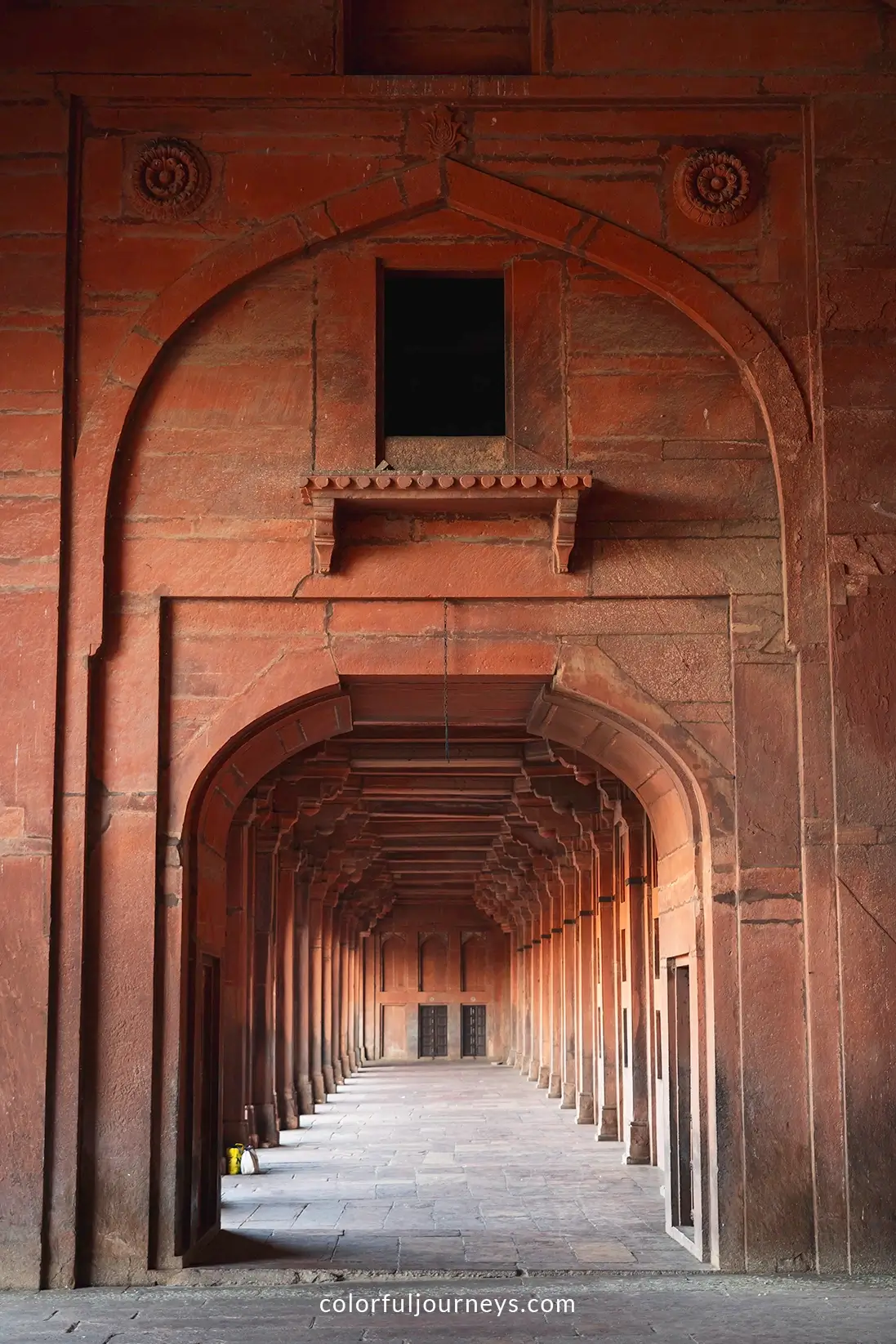
.webp)
.webp)
.webp)
.webp)
.webp)